In the heart of Christian tradition, the tale of the Three Wise Men stands as an enduring symbol of faith, wisdom, and the profound journey of seeking the divine. Also known as the Magi or the Three Kings, their story, woven into the fabric of Christmas narratives, transcends time and culture, embodying the universal themes of hope, revelation, and the pursuit of spiritual truths.
Origins of the Story: A Biblical Odyssey
The narrative of the Three Wise Men finds its roots in the Christian Bible, specifically in the Gospel of Matthew. The biblical account, found in Matthew 2:1-12, recounts the arrival of the Magi to pay homage to the newborn Jesus. It is important to note that while the Bible mentions the visit of the Magi, it does not specify their names, number, or exact origins. The details of three wise men – Melchior, Caspar, and Balthazar – and their symbolic gifts of gold, frankincense, and myrrh, have been ingrained in Christian tradition over centuries.
The Magi’s Journey: A Pilgrimage of Faith and Wisdom
The journey of the Three Wise Men, often depicted as a pilgrimage across distant lands, is a testament to their unwavering faith and dedication to the pursuit of divine truth. The Bible describes them as astrologers or magicians who, guided by a celestial phenomenon—a bright star—embarked on a quest to find the prophesied King of the Jews.
Their arduous journey took them through deserts, across mountains, and into foreign lands. The symbolism of their travels underscores the universal nature of the Christian message – that the birth of Jesus is a revelation not confined to a particular region but meant for all people, regardless of nationality or social standing.
The Gifts of the Magi: Symbolism and Meaning
One of the most iconic aspects of the Three Wise Men’s story is the presentation of gifts to the infant Jesus. Each gift – gold, frankincense, and myrrh – carries profound symbolic significance, reflecting the nature of the child they came to honor.
# 1. Gold: A Gift Fit for a King
– The offering of gold symbolizes Jesus’ kingship and royal status. It underscores the Magi’s recognition of the child as a king destined for greatness.
# 2. Frankincense: A Fragrance of Divinity
– Frankincense, a precious resin known for its use in religious rituals, represents the divine nature of Jesus. The gift signifies the recognition of Jesus as a figure with a spiritual purpose.
# 3. Myrrh: Anointment for Sacrifice
– Myrrh, often used in burial practices, carries a profound message of sacrifice. This gift foreshadows Jesus’ destiny and the ultimate sacrifice he would make for humanity.
Cultural and Regional Variations: Diverse Celebrations of Epiphany
The story of the Three Wise Men has transcended its biblical origins to become a cornerstone of Christmas celebrations worldwide. The day associated with their arrival is known as Epiphany, celebrated on January 6th in Western Christianity. This date marks the end of the Twelve Days of Christmas and is observed with various cultural and regional traditions.
# 1. Spain: The Grand Procession of the Magi
– In Spain, Epiphany is known as “Dia de los Reyes” or Three Kings’ Day. The celebration is marked by elaborate parades featuring the Three Wise Men. These processions, complete with vibrant costumes, camels, and ornate floats, draw crowds of eager spectators. Families often exchange gifts on this day, maintaining the tradition of the Magi’s gift-giving.
# 2. Mexico: Rosca de Reyes and Festive Gatherings
– In Mexico, the day is celebrated with a sweet and symbolic bread called “Rosca de Reyes.” The bread contains hidden figures representing the baby Jesus. Families and friends gather to share the bread, and whoever finds the figure is responsible for hosting a celebration on Candlemas Day, which occurs on February 2nd.
# 3. Eastern Christianity: Baptism and Theophany
– In Eastern Christianity, Epiphany is associated with the baptism of Jesus in the Jordan River. The event, known as Theophany, emphasizes the revelation of the Holy Trinity. Water plays a central role in the celebrations, with priests blessing bodies of water, and in some regions, people participate in the tradition of water immersion.
Artistic Depictions: Imprinting the Magi in Cultural Memory
The story of the Three Wise Men has inspired countless works of art, becoming a recurring motif in Christian iconography. From medieval illuminated manuscripts to Renaissance paintings and beyond, artists have sought to capture the essence of the Magi’s visit. These depictions often showcase the journey, the adoration of the infant Jesus, and the presentation of gifts, offering viewers a visual interpretation of this sacred narrative.
# 1. Adoration of the Magi by Leonardo da Vinci:
– Leonardo da Vinci’s iconic painting, “Adoration of the Magi,” exemplifies the Renaissance approach to this biblical scene. The composition, with its rich colors and intricate detailing, conveys the solemnity and reverence of the moment.
# 2. The Three Wise Men in Nativity Scenes:
– Nativity scenes, a staple of Christmas traditions, almost always include the Three Wise Men. Whether crafted in intricate miniature forms or displayed as life-sized sculptures, these scenes serve as visual reminders of the central role the Magi play in the Christmas narrative.
Contemporary Relevance: The Message of Epiphany Today
While rooted in ancient tradition, the story of the Three Wise Men continues to resonate in contemporary society. Beyond its religious significance, the narrative offers timeless lessons that transcend religious boundaries:
# 1. The Universal Quest for Meaning:
– The Magi’s journey is a metaphor for the human quest for meaning and purpose. In a world filled with uncertainties, their unwavering faith and determination to seek the divine inspire individuals to embark on their own journeys of self-discovery.
# 2. Recognition of the Sacred in Diversity:
– The Magi’s diverse backgrounds – possibly from different regions or cultures – underscore the universality of spiritual truths. Their story encourages an appreciation for the sacred that transcends cultural, linguistic, and geographical boundaries.
# 3. Acts of Generosity and Worship:
– The act of presenting gifts to the infant Jesus symbolizes acts of generosity and worship. In the spirit of the Magi, individuals are encouraged to share their gifts and talents for the betterment of society and to express gratitude for the blessings they have received.
Conclusion: Epiphany as a Living Narrative
In conclusion, the story of the Three Wise Men remains a living narrative that weaves its way through the tapestry of tradition, faith, and celebration. From the pages of the Bible to the grand processions in Spain, from artistic masterpieces to family gatherings around a “Rosca de Reyes,” the Magi’s journey continues to captivate hearts and minds.
In embracing the legacy of the Three Wise Men, individuals find not only a connection to their religious roots but also a source of inspiration for their personal journeys. The Magi, with their gifts and their quest for the divine, beckon people to seek meaning, celebrate diversity, and engage in acts of generosity and worship.
As Epiphany dawns each year, the story of the Three Wise Men serves as a timeless reminder – a guiding star that beckons individuals to navigate the terrain of their own lives with wisdom, faith, and the unwavering belief that, in their journey, they may encounter moments of revelation that illuminate the path ahead. The Three Wise Men, with their gifts and their pilgrimage, invite all to partake in the enduring message of hope and the pursuit of the sacred – a message that transcends centuries and resonates in the hearts of those who continue to seek, to worship, and to celebrate the divine light that shines within and around them.



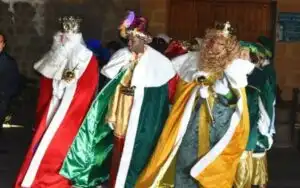
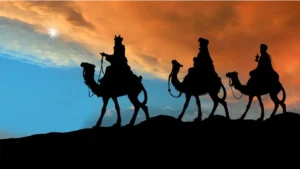
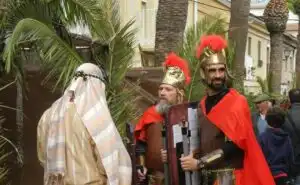

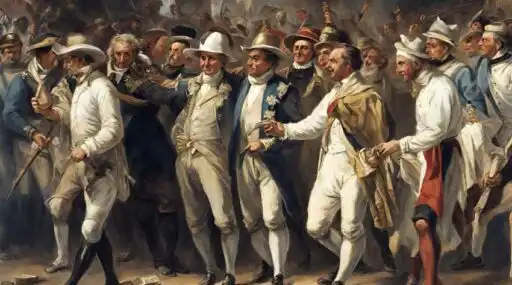









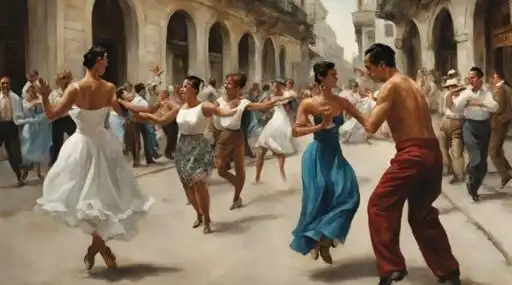









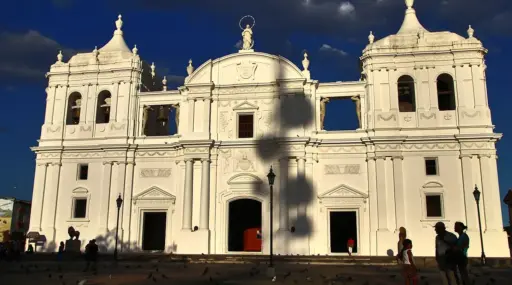








Leave a Reply